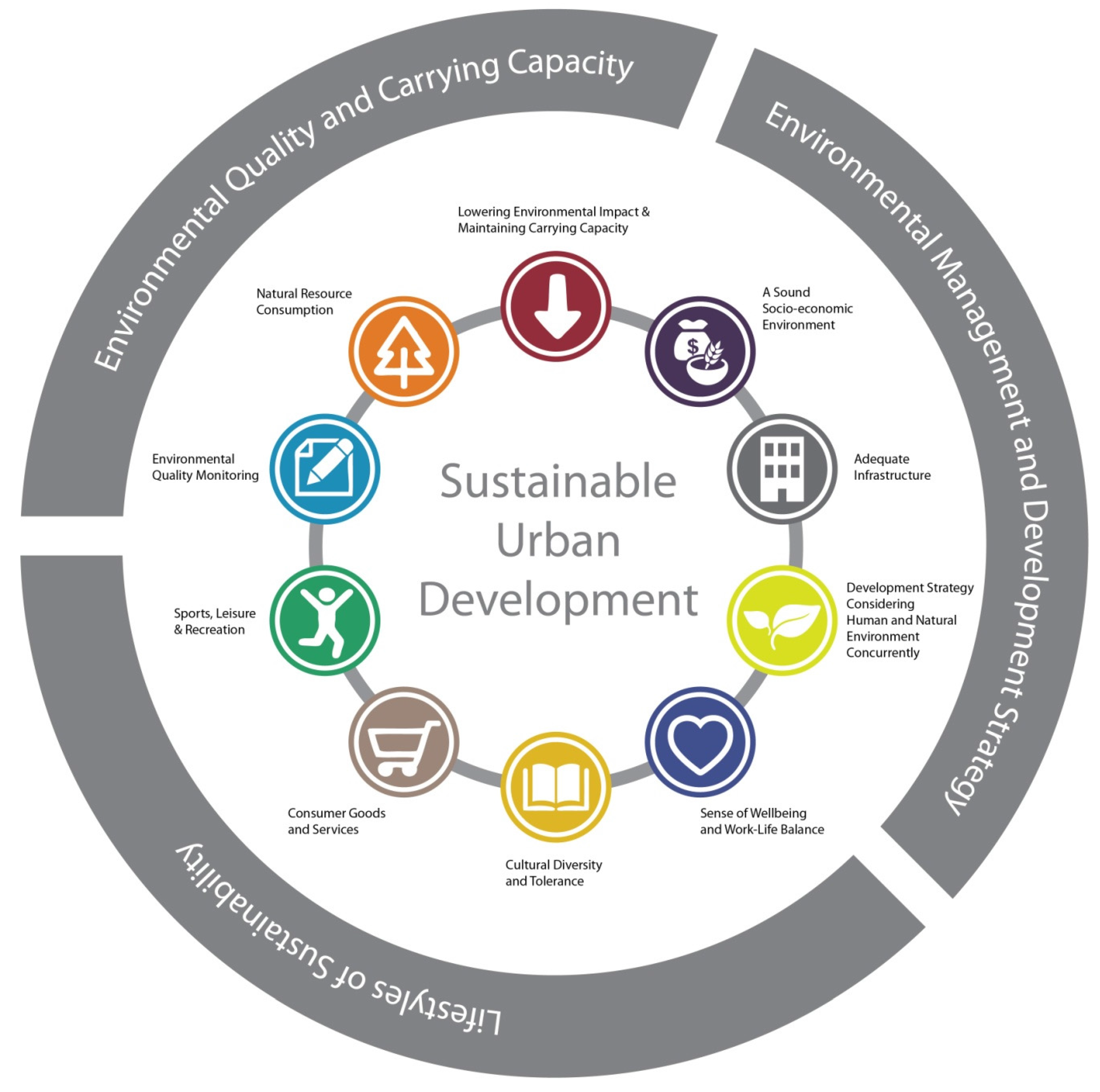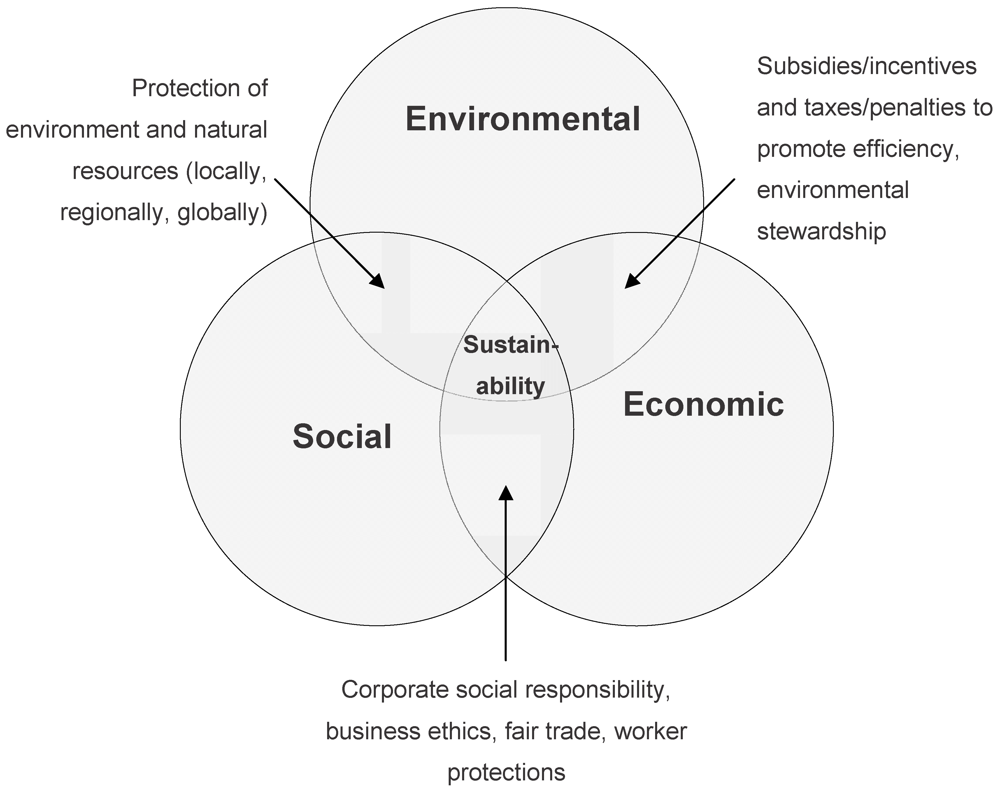Table Of Content
- The Shift Towards a Circular Economy
- Design for Sustainability: Current Trends in Sustainable Product Design and Development
- Learn More About Sustainable Design
- Sustainable landscape and garden design
- Complex Regulatory Environment
- To join the conversation, and become an exclusive member of IndustryWeek, create an account today!

Another key consideration when designing for longevity is the evaluation of future upgradability and compatibility with past products. These products, known as active products, keep tapping into active energy systems for their function. Recent years have seen a shift towards electric drives, with the most notable examples coming from the automotive and shipbuilding industries. A good example is how smartphones have discarded the original design with a physical keypad or how tablets have replaced laptops in many applications.
The Shift Towards a Circular Economy
Experience has now shown that there is no completely safe method of waste disposal. All forms of disposal have negative effects on the environment, public innovation, and local economies. Attempts to control or manage wastes after they are produced fail to eliminate environmental impacts.
Design for Sustainability: Current Trends in Sustainable Product Design and Development
The results of a Eurobarometer survey (Kantar, 2020) indicated that 69% of users in the EU would like their mobile phones and tablets to last five years or more. But due to a degrading battery, most people are switched to switch their devices roughly after every two years. If designers were to improve the battery performance (or would embrace modularity), it would increase the likelihood of the product achieving its expected life of 5+ years as all other components still work fine at the end of two years. Designers must consider incorporating the use of renewable energy as the main or at least as an alternative energy source in their projects to achieve a more sustainable design. In such a utopia, human efforts to meet the current generation’s demands would have a beneficial (or at least insignificant) effect on the environment’s capacity to provide them. Such a situation is practically impossible as the manufacture of any product results in loss of materials and energy in the form of material extraction, manufacturing and transportation.

Learn More About Sustainable Design
Supporting local, sustainable businesses is the first step, as this not only increases the demand for sustainable products, but also reduces unsustainable methods. Traveling all over to find specific products or purchasing products from overseas contributes to carbon emissions in the atmosphere, pulling further away from the sustainable aspect. Once the products are found, it is important to check if the selection follows the Cradle-to-cradle design (C2C) method and they are also able to be reclaimed, recycled, and reused. Also paying close attention to energy-efficient products during this entire process contributes to the sustainability factors. The aesthetic of a space does not have to be sacrificed in order to achieve sustainable interior design.[63] Every environment and space can incorporate materials and choices to reducing environmental impact, while still providing durability and functionality.
Even better, really good design should move beyond that and strive to be regenerative — allowing for systems to continually regenerate ressources over time. We can not keep calling ourselves ”creatives” and then merely go about making half-hearted iterations of unnecessary objects of no real value for whatever shallow reason — such as following a trend or seeking peer recognition in our sub-culture. The human-centred design toolbox techniques at times borrows from the fields such as psychology or sociology and sometimes those that emerge from design and engineering practice [30, 31, 42, 46, 116]. Human-centred design tools can be classified based on their intended use.

Across every aesthetic, home décor style, and color palette, it’s becoming increasingly clear that sustainable materials are here to stay. "Textiles like organic cotton, wool, and recycled fabrics are more popular for upholstery, curtains, and bedding due to their low environmental footprint and are often sourced from ethical suppliers," says Glaister. A design concept marked by bridging the gaps between people and the nature surrounding their homes, biophilic design is quickly gaining momentum in the world of home renovation and interior design.
This approach was adopted because it can assist entities to connect better with the local people affected or dealing with energy issues. It can transform field data into actionable ideas, assist the team to find new opportunities and help to increase the speed and effectiveness of creating new solutions [47]. Traditionally, many trial and error loops would be required to arrive at the most optimal design. But with simulation, all these loops can sometimes be completed in a matter of hours, saving precious resources in terms of raw materials, time and overhead energy costs related to electricity, water etc.
Recent NSF Awards in Design for Environmental Sustainability in Computing Are Advancing US National Priorities - National Science Foundation
Recent NSF Awards in Design for Environmental Sustainability in Computing Are Advancing US National Priorities.
Posted: Tue, 24 Oct 2023 07:00:00 GMT [source]
Third, social proof—both in the form of personal recommendations as well as positive and negative online reviews. Design with an enduring aesthetic and functional appeal, promoting product longevity, reducing waste, and discouraging a culture of disposable consumption. People argue about what the right things are, and this is not a place to discuss moral philosophy. However, when it comes to sustainability and well-being, it is quite clear what the wrong things are. For instance, if you are in business to drill for oil, sell cigarettes, or design and manufacture handguns, styrofoam containers, plastic water bottles, or any sort of useless junk then you are doing the wrong thing.
8 of the Most Sustainable Features to Consider for Your New Home, According to Experts - Architectural Digest
8 of the Most Sustainable Features to Consider for Your New Home, According to Experts.
Posted: Sat, 20 Apr 2024 00:00:00 GMT [source]
Design for a Better World with Don Norman is taught by cognitive psychologist and computer scientist Don Norman. Widely regarded as the father (and even the grandfather) of user experience, he is the former VP of the Advanced Technology Group at Apple and co-founder of the Nielsen Norman Group. Carsharing services such as GoTo Carsharing seek to reduce car ownership using the Transportation-as-a-Service model. As the company still retains ownership, it can better control the distribution, use, maintenance and disposal of the product.
It aims to create solutions that minimize negative environmental impacts while enhancing the well-being of individuals and communities. By making intentional choices throughout the design journey, sustainable design seeks to reduce resource consumption, promote renewable energy use, and foster circular economy practices. An essential element of Sustainable Building Design is indoor environmental quality including air quality, illumination, thermal conditions, and acoustic. Interior design, when done correctly, can harness the true power of sustainable architecture. Since the 90s, attention has partially moved to the product level, i.e. to the design of products with low environmental impact.
The designer’s perception has not been discredited, but only relocated to a more appropriate position. It can now be used to develop tools for understanding and facilitating creativity. In the late 90s design researchers also started to look at nature as a source of inspiration to address sustainability. Different from product Life Cycle Design, C2C is mainly focused on the products’ flow of material resources, and this might result in overlooking some other (and potentially more important) environmental aspects (e.g. energy consumption in the use phase). Sustainable design has become a pivotal approach in various industries, aiming to create environmentally friendly and socially responsible solutions.
All rights are reserved, including those for text and data mining, AI training, and similar technologies. The aim is to provide a snapshot of some of themost exciting work published in the various research areas of the journal. To request permission to reproduce material from this article, please go to the Copyright Clearance Center request page. During this time, the performance of our website may be affected - searches may run slowly and some pages may be temporarily unavailable. If this happens, please try refreshing your web browser or try waiting two to three minutes before trying again.
When it comes to whether good design is unobtrusive I would argue, that some good design for sustainability needs to be obtrusive to serve as an intervention and change catalyst for the necessary transition. We need bold, radical, impactful and provocative design as well as sleek and effective solutions. Appropriate — so that it is relevant and truly valuable to the time, for the users and stakeholders and their culture and so that it does not create new additional problems or unwanted effects through its production or use. Have we understood the full impact of our designed experience for both people and other living things?
Other factors that make something more sustainable are durability, recyclability and source of materials. Companies that specialize in toxin-free cabinets include Puustelli Kitchens, Bertolini, KERF, PureKitchen, and more. Schneeberger recommends the Healthy Materials Lab at Parsons School of Design as a resource for finding sustainable materials and suppliers. “Think about water-conserving faucets and toilets, smart appliances that maximize energy and water performance, and other features that make living more sustainably even easier,” he says. Insulated and laminated impact windows and doors do wonders for reducing a home’s overall energy consumption, explains Manny Angelo Varas, president and CEO of homebuilder MV Group USA. If you’re replacing windows in a home, take a closer look at triple-glazed windows, also known as triple-pane windows.
You'll get step-by-step guidelines to help you identify which organizations and projects genuinely change the world and which are superficial. Most importantly, you'll understand what gaps currently exist and will be able to recommend better ways to implement projects. You will build on your case study in each lesson, so once you have completed the course, you will have an in-depth piece for your portfolio. In lesson 1, you'll learn about the importance of meaningful measurements. Don Norman challenges traditional numerical metrics since they do not capture the complexity of human life and the environment. He advocates for alternative measurements alongside traditional ones to truly understand the complete picture.
We can not keep calling ourselves ”creatives” and then merely go about making half-hearted iterations of unnecessary objects of no real value for whatever shallow reason – such as following a trend or seeking peer recognition in our sub-culture. If you are a so called ”creative” you probably pride yourself on being in touch with trends. If you are just remotely in touch with the significance of the times we are living through you know that our global moment and coming decades calls for just that. Calls for us to use our creative powers to collectively make better realities for more living beings. When we are talking about good design for sustainability at large this list has in my opinion some shortcomings. Notably it is missing social sustainability aspects and focusing too much on environmental friendliness.

No comments:
Post a Comment